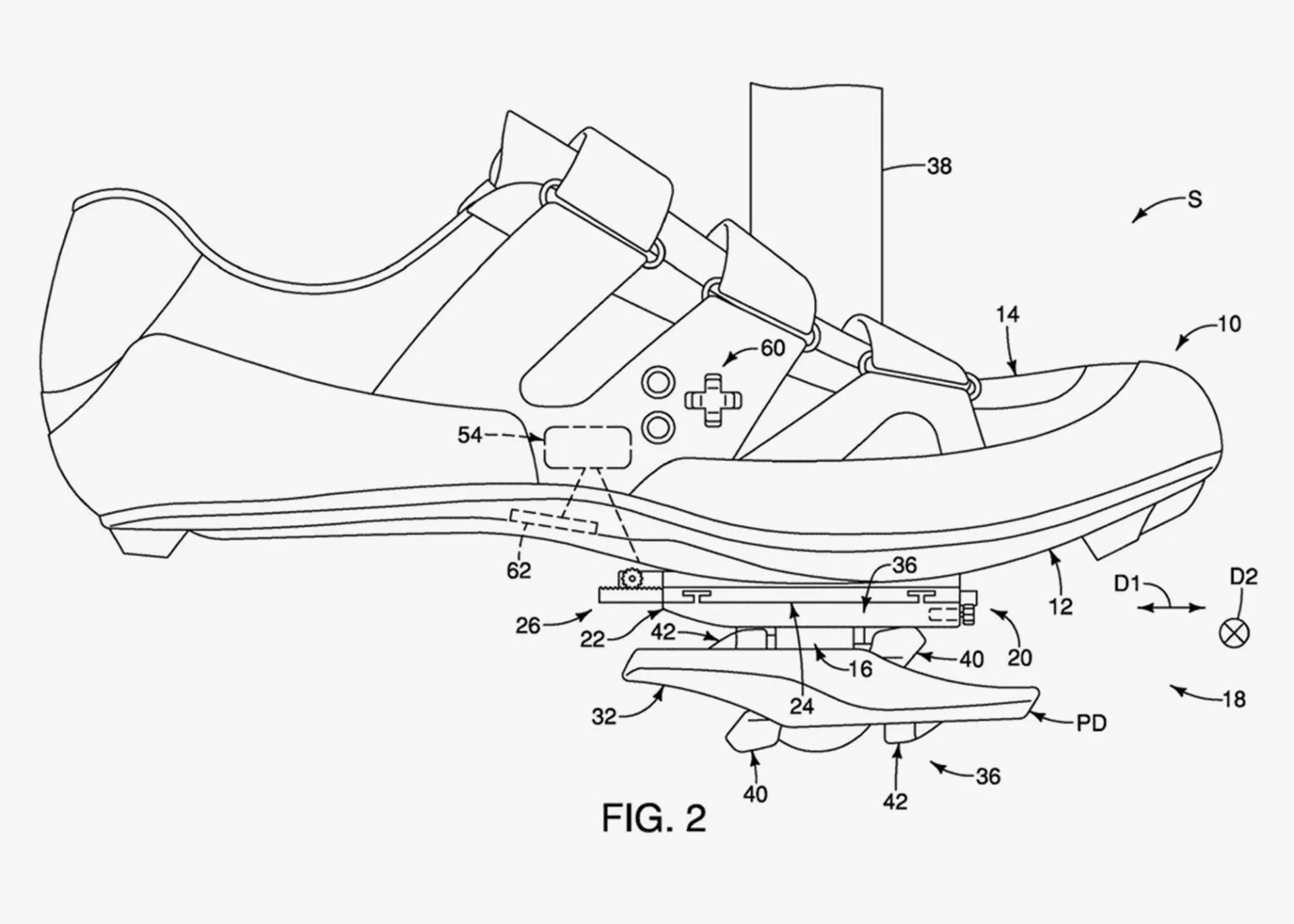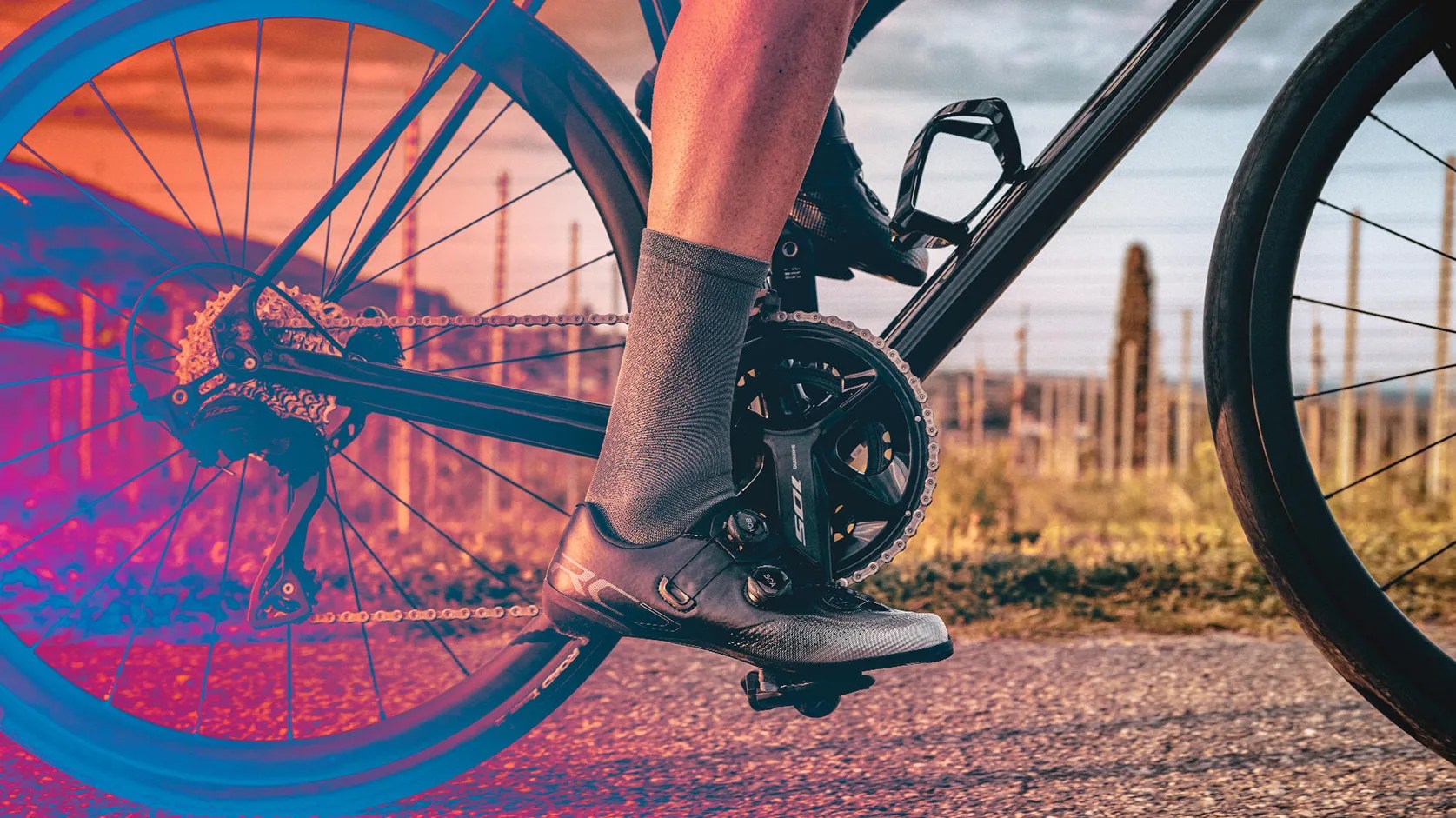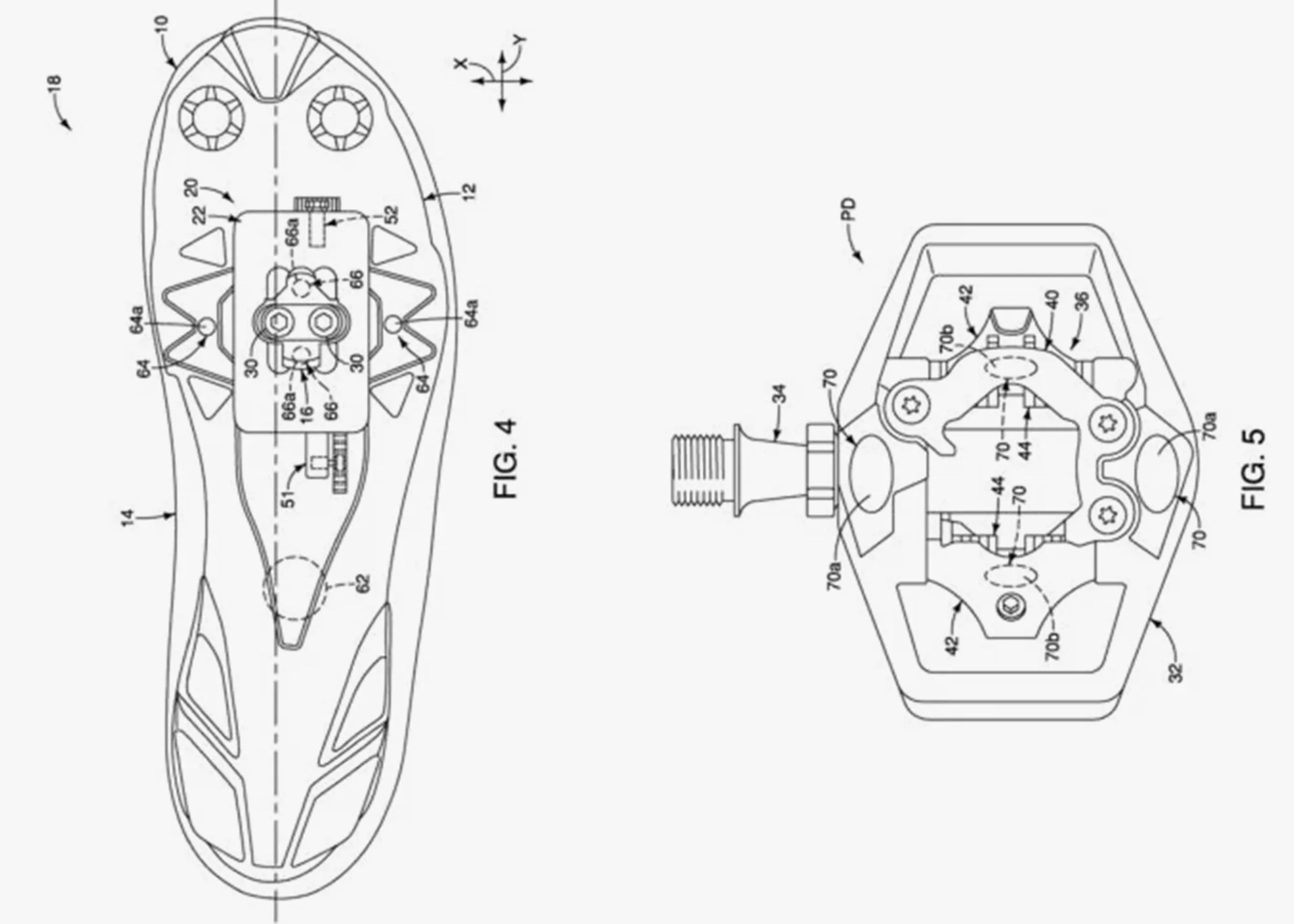I can recall the moment quite vividly. My buddies and I were attempting to cycle from NYC up to Cold Spring, a 62-mile journey. We’d already repaired a couple of flat tires when, 20 miles in, I struggled to get the rear derailleur on my sweet, swift Giant Defy to shift up and down among its many sprockets.
With great shame, I realized that the battery on one of the electronic shifters had died, turning this hitherto high-tech bike into a very expensive two-speed. In need of a recharge, we made a pit stop at a bike shop in the lovely little town of Hastings-on-Hudson — and grabbed a round of beers at a nearby bar.
The cleat could reposition in response to changing riding conditions — paved vs. unpaved terrain, climbing versus sprinting — when a slightly different angle and/or pressure point is superior.
By the time we got back on the road, we were hours off schedule, and in the end we only made it as far as Ossining (a 36-mile ride) before — after another round of beers — we had to catch a train back to the city. Lesson: Too much tech (especially in the hands/feet of a doofus like yours truly) can actually leave you falling behind.
Which brings me to the latest cycling tech news (big ol’ hat tip to Velo‘s Jessie-May Morgan): Renowned component maker Shimano has won a patent for automatic, on-the-fly adjustment of cleat positioning via a wireless electronic system that can shift the shoe forward, back or side-to-side based on info collected via sensors.
Breaking down Shimano’s auto cleat-shifting patent

If that sounds like a bunch of technobabble, we get it. In more relatable terms, based on the diagrams, there appears to essentially be a motorized adjuster sitting between a cycling shoe and cleat, enabling the shoe to dynamically shift forward and back or slide side-to-side along rails.



